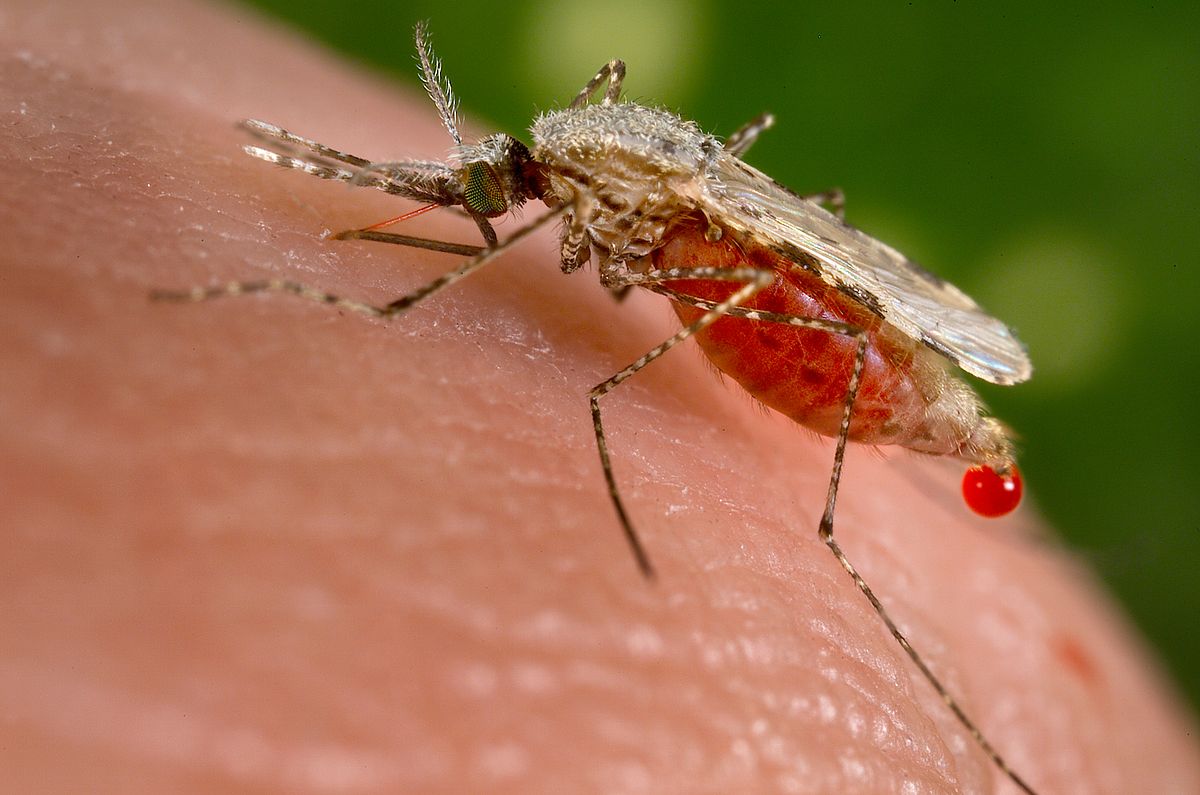A research team from the Imperial College, London was successful in crashing caged populations of the malaria vector mosquito Anopheles gambiae in only 7-11 generations. These are the first experiments that have been able to completely hinder the reproductive capacity of a complex organism in a laboratory environment by taking a designer molecular approach.
The technique which is known as gene drive, was employed by the research team to selectively target the specific mosquito species An. gambiae – which is responsible for malaria transmission in sub-Saharan Africa. There are nearly 3500 species of mosquito worldwide, out of which only 40 related species can potentially carry malaria.
The team hopes that the mosquitoes which carry a gene drive would be released in the future, which will spread female infertility within the local malaria-carrying mosquito populations, which will lead to their collapse.
Professor Andrea Crisanti, from the Department of Life Sciences at Imperial, who is also the lead researcher said, “2016 marked the first time in over two decades that malaria cases did not fall year-on-year despite huge efforts and resources, suggesting we need more tools in the fight.”
The study was published recently in the journal Nature Biotechnology and it is the first time gene drive has been able to completely suppress a population while simultaneously overcoming resistance issues that the previous approaches have not been able to achieve.
Professor Crisanti added: “This breakthrough shows that gene drive can work, providing hope in the fight against a disease that has plagued mankind for centuries. There is still more work to be done, both in terms of testing the technology in larger lab-based studies and working with affected countries to assess the feasibility of such an intervention.
“It will still be at least 5-10 years before we consider testing any mosquitoes with gene drive in the wild, but now we have some encouraging proof that we’re on the right path. Gene drive solutions have the potential one day to expedite malaria eradication by overcoming the barriers of logistics in resource-poor countries.
Researchers targeted a gene in An. gambiae which is known as doublesex, and this gene determines whether or not an individual mosquito will develop to be a male or a female.
The team made a gene drive solution that was selectively designed to alter a region of the doublesex gene which is responsible for female development. Males who carried this modified gene demonstrated no changes, and neither did the females- with only one copy of this modified gene. But females who had two copies of the modified gene showed both male and female characteristics. They also failed to bite and did not lay any eggs.
These experiments have shown that the gene drive transmitted the genetic modification nearly 100% of the time. After eight generations no females were produced and the populations died out because of no offsprings.

